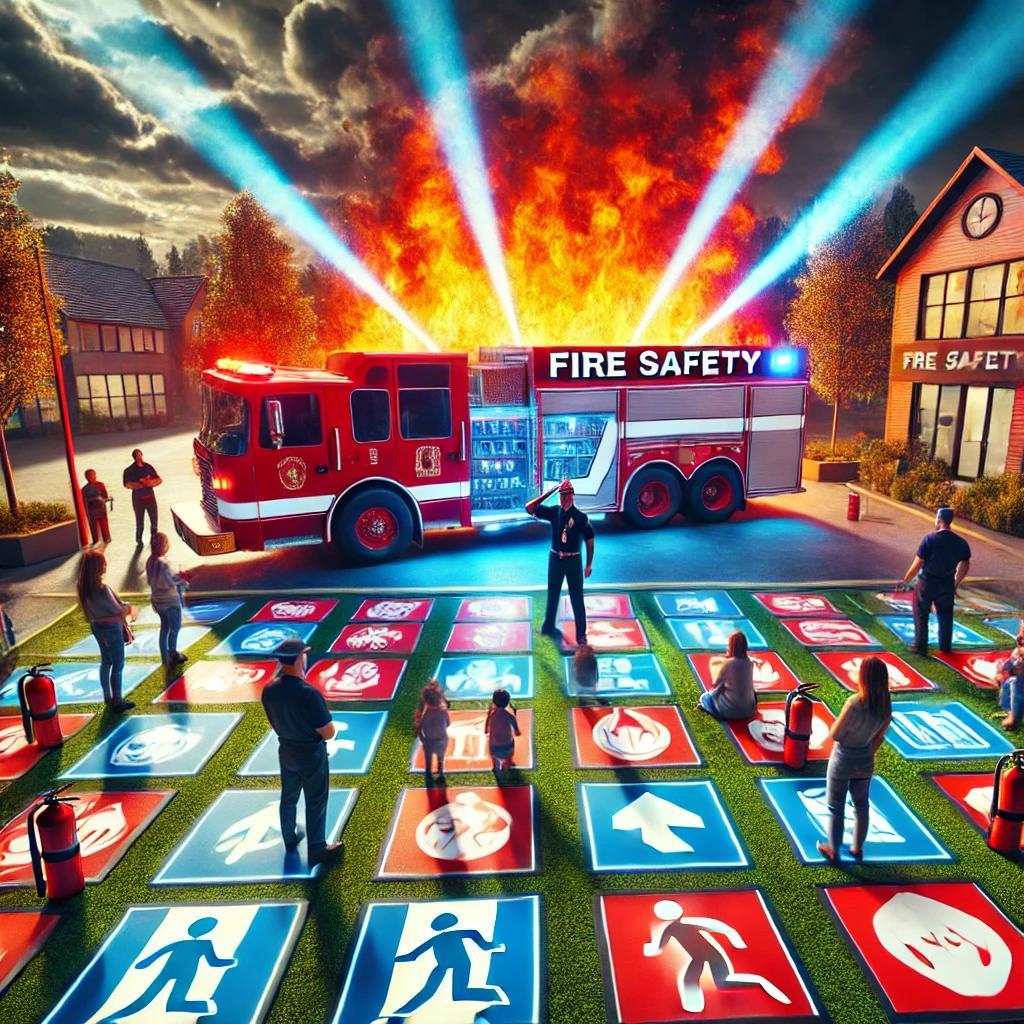Promoting Fire Safety in Community Living

Fire prevention is a critical concern for any community living association. As a board member, it’s essential to prioritize the safety and well-being of all residents by educating them on potential fire hazards.
Often, fire safety isn’t a primary concern for residents, even though home fires occur more frequently than many assume. Minor fires can escalate rapidly, leading to costly damages, injuries, and even fatalities.
Statistics from the National Fire Protection Association reveal that in 2021, U.S. fire departments responded to approximately 1.35 million fires. In Canada, about 24,000 house fires occur annually. Here are ten actionable tips your board can implement to boost fire safety awareness and establish a robust fire safety plan.
What are the 10 tips to prevent house fires?
1. Hold educational events
Organizing community events, such as town halls, can effectively bring residents together to discuss fire safety. Collaborating with fire departments, police, city officials, and safety experts at these gatherings can provide invaluable insights. Having insurance brokers and vendors offering smoke alarms and fire extinguishers on-site can also reinforce safety practices.
2. Share fire safety tips with residents
Distributing fire safety information is crucial. Creating information packets with reliable advice and sharing tips through newsletters, websites, or board meetings can maintain safety vigilance. Residents should be reminded to keep grilling equipment and outdoor fire pits away from structures and ensure fireplaces are inspected and clean before use.
3. Make a household plan
Every household should have a fire escape plan that includes pets. Regular practice of this plan ensures everyone knows the procedures and exit routes in case of a fire. High or mid-rise building residents should familiarize themselves with fire safety guides, exits, and stairwells and participate in drills to stay prepared.
4. Get to know the community emergency action plan
Communities must have a well-documented emergency action plan. Residents should periodically review this plan and engage in meetings where the board explains its details to ensure everyone is informed.
5. Prep your pet
Pet owners should ensure their animals are collared, tagged, and ideally microchipped. Keeping leashes or crates near exits can aid in quick escapes. It’s also worth checking if local firefighters carry pet oxygen masks.
6. Install smoke detectors – and check them regularly
Working smoke detectors are vital as most fire-related fatalities happen while people sleep. Detectors should be installed in every bedroom, outside sleeping areas, and on all home levels, including basements. Testing batteries biannually, perhaps with the seasonal clock changes, is advised.
7. Complete your fire safety equipment list
Prioritize exiting the home during a fire, but for small contained fires, having a home fire extinguisher can be useful. Use extinguishers only after ensuring everyone is safe and the fire department is called. Residents should have an exit plan and leave immediately if smoke fills the room. Carbon monoxide detectors should also be installed for added safety.
8. Watch those pots
Unattended cooking is a leading cause of kitchen fires. Residents should always stay alert when using the stove, as stray crumbs and boiling over food can quickly lead to fires.
9. Unplug appliances when not in use
Encourage residents to unplug devices like curling irons and kitchen appliances when not in use to prevent accidental fires. Appliances left plugged in can overheat or malfunction, posing a fire risk.
10. Clean your gutters
Homeowners should regularly clean out gutters, as accumulated debris can catch fire from stray embers during dry weather. Proper maintenance reduces these risks significantly.
11. Keep your fireplace up to snuff
Fireplaces should be inspected by certified specialists to ensure safety. Any flammable items should be kept away from hearths, and fires should never be left unattended. Completely extinguish fires before leaving home or going to sleep.
12. Be especially vigilant around holidays
Holidays bring additional fire risks with candles, lights, and extensive cooking. Residents should check last year’s lights for safety, use battery-powered candles, and keep decor away from heat sources. Holiday trees should be placed away from heat and exits and should always be flame retardant.
Educating residents on fire safety doesn’t require significant resources but can prevent severe consequences. Comprehensive resources and further fire safety information are available through organizations like the National Fire Protection Agency and the Red Cross.





